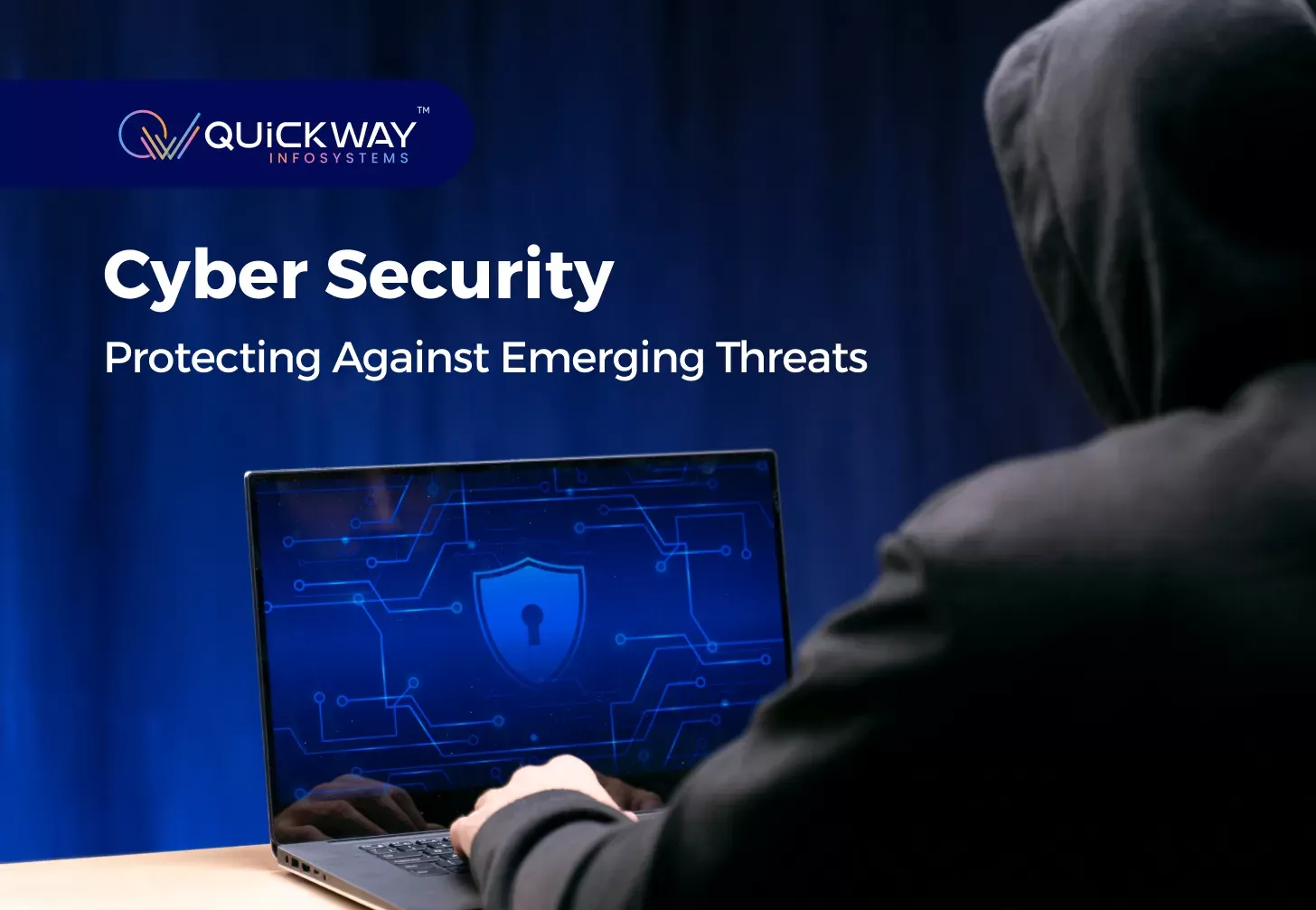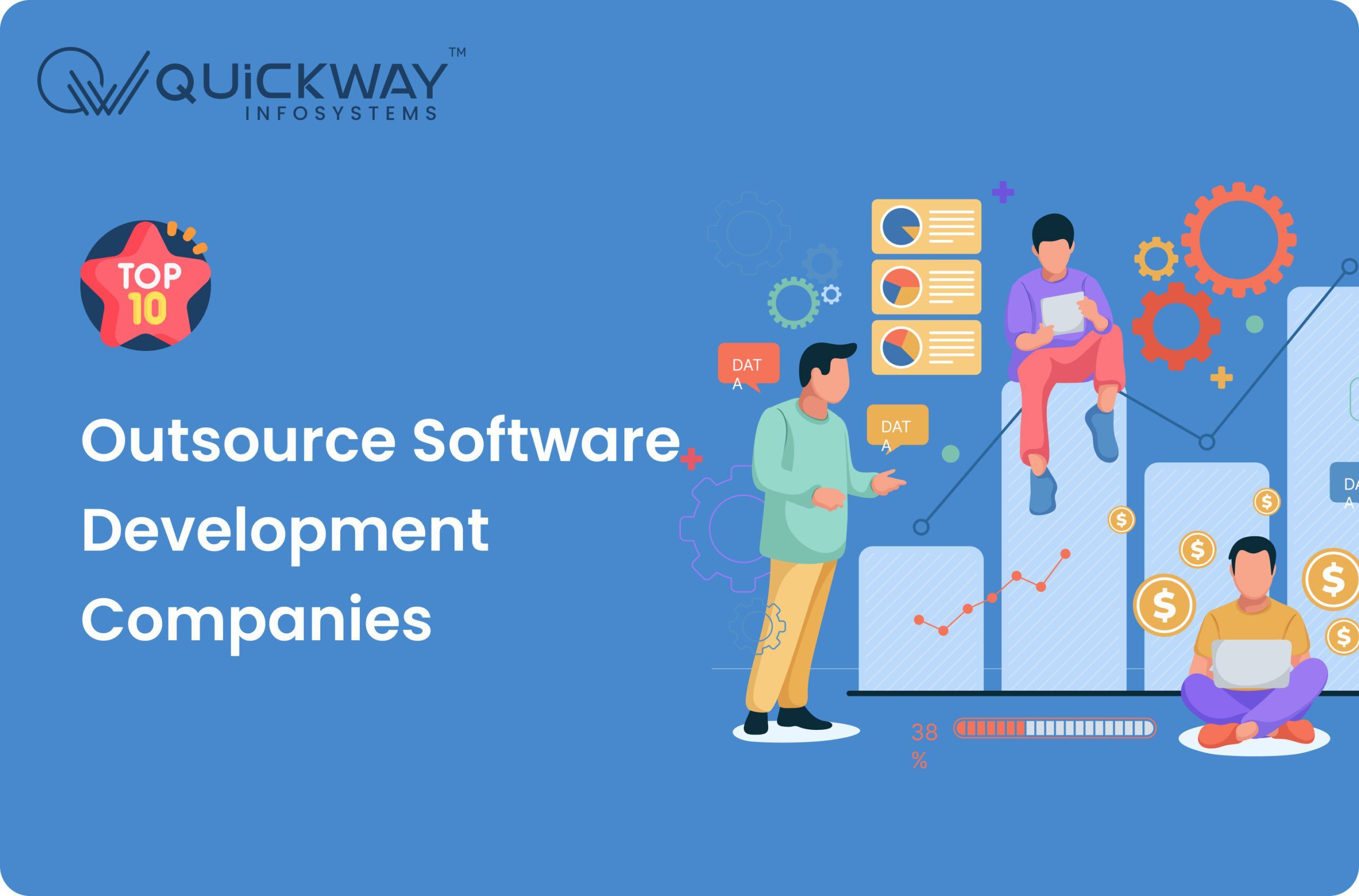The ever-evolving realm of internet technologies has significantly transformed our world, shaping how we live and work. While our reliance on technology has been steadily growing, the COVID-19 pandemic intensified this dependence, ushering in a new era of virtual interactions.
Despite the initial perception of a temporary halt during lockdowns and reduced social contact, cybersecurity threats have not remained stagnant. On the contrary, they have been evolving at an alarming rate, especially during the pandemic. The cybercrime sector experienced a surge in innovation, witnessing the emergence of novel threats and sophisticated mutations of existing ones, appearing almost daily.
As we move towards the second half of 2023, it becomes crucial to identify and address the key emerging cybersecurity trends. By staying vigilant and proactive, we can better protect our digital landscape from potential hazards.
In this context, our focus will be twofold: Firstly, we shall explore and analyze the emerging threats and technologies demanding immediate attention and prioritization. Secondly, we will delve into the essential measures businesses must adopt to ensure their cybersecurity prevention plans and protocols keep pace with the ever-evolving tactics of cybercriminals.
Let’s remember this folks, by staying informed and proactive, we can always navigate the changing cybersecurity landscape more effectively.
1- The Surge in Remote Work Exposure
One of the most advantageous developments for cybercriminals has been the rapid transition of companies to remote work setups. It wouldn’t be an exaggeration to state that this shift towards remote work has acted as a catalyst for nearly all the emerging and escalating cybersecurity threats observed in the past year.
As organizations swiftly adapted to remote work, they often had to make hurried decisions to ensure business continuity. This led to rushed procurements of IT products and services to facilitate work-from-home arrangements and unplanned migrations to cloud platforms.
Moreover, businesses faced the daunting task of creating and implementing new security measures that aligned with the changed working circumstances, which, in many cases, were also executed hastily or only partially.
Compounding these challenges was the inherent susceptibility of the average employee to social engineering schemes, further exacerbating the cybersecurity risks during this urgently required yet inadequately prepared shift to remote work. It became a perfect storm of vulnerabilities for businesses to grapple with.
On a positive note, a significant number of companies have come to recognize that remote work is now a permanent aspect of their operations. This realization should prompt them to invest more resources, both in terms of time and money, to adapt to these circumstances and bolster their defenses against the ever-evolving cybersecurity threats.
2- The Unrelenting Reign of Ransomware: A Persistent Cyber Threat
Recent research has solidified the notion that ransomware attacks have remained the most prevalent and concerning form of cybercrime since the onset of the COVID-19 pandemic. Regrettably, there is little respite in sight as we move forward into 2021 and beyond.
Cybercriminals are drawn to ransomware due to its sophisticated nature, coupled with the immense financial gains it offers. In fact, data from 2020 reveals that recovering from a ransomware attack is significantly costlier on average compared to other forms of data breaches, with an average price tag of $4.5 million per attack.
A disconcerting trend in recent ransomware attacks is the emergence of “double extortion” tactics. In addition to encrypting a company’s data and demanding a ransom for its release, cybercriminals now resort to blackmailing businesses. They threaten to expose private and sensitive information unless the ransom is paid promptly, adding an extra layer of coercion to ensure compliance and payment.
Phishing remains the preferred method for executing ransomware attacks, as cybercriminals exploit human error, attempting to deceive company employees into clicking malicious links or unwittingly installing malware.
As ransomware continues to pose a significant threat to businesses and individuals alike, it is imperative for organizations to remain vigilant, educate their workforce about potential risks, and bolster their cybersecurity defenses to thwart these relentless cyber threats.
3- Zero-Day Exploits
The dynamic landscape of cyber threats presents a clear example of how rapidly cybercriminals are advancing, outpacing even the efforts of cybersecurity experts. Among the growing concerns, “zero-day attacks” have emerged as a prominent challenge faced by businesses and individuals alike.
These zero-day attacks exemplify how the frequency of cybercrimes is escalating, primarily because cybercriminals possess a remarkable ability to identify and exploit vulnerabilities at a pace that surpasses businesses’ defensive capabilities.
Vulnerabilities are now being publicly disclosed at an unprecedented rate, while companies struggle to apply updates and patches swiftly enough to safeguard themselves from these known weaknesses.
Expert analyses reveal a striking disparity in speed, with cybercriminals developing exploits within days, whereas most companies take an average of 102 days to implement patches for protection.
To tackle this ever-evolving threat landscape, businesses must remain vigilant by continually monitoring potential vulnerabilities. Regular updates to security patches and software are crucial, accompanied by diligent scanning and testing of systems to identify any potential weaknesses. Moreover, in the face of the surging frequency of such attacks, having well-prepared response and recovery plans for zero-day exploits becomes an essential aspect of a robust cybersecurity strategy.
4- Phishing Persists as a Major Concern
The age-old adage, “If it ain’t broke, don’t fix it,” rings true for cybercriminals, who continue to rely on phishing and social engineering schemes as long as they yield results. Phishing remains not only highly effective but also one of the simplest ways for hackers to infiltrate computer systems, leveraging the ease of tricking individuals into clicking malicious links or granting unauthorized access.
With the widespread shift to remote work, cybercriminals have adapted their tactics, targeting places beyond emails, such as company chat software and video conferencing tools—areas employees often assume to be secure from external threats.
The COVID-19 pandemic has provided cybercriminals with additional opportunities for phishing attacks. As people worldwide search for information related to the pandemic, cybercriminals craft traps through pandemic-themed content. This includes fake emails offering vaccine information, click-bait messages promoting COVID-19 conspiracy theories, and falsified information. Exploiting the public’s thirst for knowledge about the virus, hackers utilize social engineering as a perfect lure for their attacks.
The healthcare sector has also seen an alarming increase in attacks during the pandemic. Hospitals, dealing with a constant influx of COVID-19 cases, have become prime targets. Cyber attacks against healthcare facilities surged by 45% globally during the last three months of 2020, according to CheckPoint Research. The fatigue and heightened stress levels among healthcare professionals create an ideal environment for cybercriminals to exploit, as it reduces the likelihood of targets recognizing these attacks amidst their demanding workloads.
As phishing continues to present significant risks, individuals and organizations must remain vigilant, enhance their cybersecurity awareness, and implement robust defense mechanisms to thwart these persistent threats.
5- The Dual Nature of Advanced Artificial Intelligence in Cybersecurity
The proliferation of advanced AI presents a paradoxical situation in cybersecurity. On one hand, AI is proving instrumental in bolstering companies’ security infras, while on the other hand, it is empowering cybercriminals to automate and refine their attacks.
Cybersecurity experts are leveraging AI to automate their response mechanisms, reducing the reliance on immediate human intervention during cyber attacks. This development is particularly beneficial for companies with limited IT security teams and large enterprises grappling with safeguarding vast amounts of sensitive data.
Unfortunately, cybercriminals are not lagging behind in harnessing the power of AI to automate their activities, accelerating the pace and scale of their attacks. Nevertheless, integrating AI into cybersecurity operations and protocols remains an immensely valuable investment.
A recent IBM study highlights the advantages of deploying AI fully at the time of detecting a data breach, as organizations experienced significant cost savings. On average, companies saved approximately $3.58 million per attack in the previous year by leveraging AI effectively.
Despite the dual risks and benefits posed by AI in cybersecurity, embracing AI for proactive defense measures remains an essential strategy for organizations looking to safeguard their data, systems, and overall digital infrastructure in an ever-evolving threat landscape.
6- Increasing Reliance on Cloud Solutions
The trend of adopting cloud technologies has been on a steady rise for several years, but the COVID-19 pandemic and the widespread transition to remote work have significantly accelerated this shift.
With employees operating from diverse locations, the flexibility, accessibility, scalability, and robust security of a company’s cloud systems and architecture become paramount.
However, a major challenge lies in the fact that advancements in cloud security have not kept pace with the rapid expansion of cloud service adoption. Many companies source their cloud services from multiple vendors, making it difficult to centralize and streamline security processes effectively.
The IBM report on data breaches reveals that one of the most substantial challenges is the cost of breaches resulting from misconfigured cloud settings, which averaged $4.35 million for companies in 2020.
In this era of increased reliance on cloud solutions, organizations must prioritize strengthening their cloud security measures to safeguard critical data and assets. Proactive efforts to ensure proper configuration and integration of cloud services are vital to minimizing potential risks and maximizing the benefits of cloud adoption.
Strategies for Businesses to Combat Emerging Cybersecurity Threats
In the face of the ever-growing landscape of emerging cybersecurity threats witnessed over the past couple of years, it may seem challenging to remain optimistic. However, there is encouraging news—ample opportunities exist to enhance your cybersecurity posture, and they are easily accessible.
The time is ripe to invest in designing and implementing future-proof cybersecurity plans. Taking proactive measures now will fortify organizations against cybersecurity risks, ultimately leading to cost savings in the long run.
Understanding that cybersecurity is no longer optional is of utmost importance today.
In light of this, let’s explore critical steps that businesses need to take to ensure comprehensive protection from future cybersecurity threats, encompassing prevention and recovery strategies.
- Invest in Training and Educating Your Staff:
Establishing a culture of cybersecurity awareness within your organization is a potent defense against emerging cyber threats. Providing employees and collaborators with regular and up-to-date training is vital. Equipping them with the ability to recognize, identify, and respond to threats effectively significantly reduces the likelihood of serious data breaches.
Employers who recognize the importance of continuous cyber education efforts foster a company culture that excels in cybersecurity awareness.
- Invest In Your Cybersecurity Team:
Every data-centric company should prioritize investing in cybersecurity experts. Even smaller companies with limited budgets should consider outsourcing these critical services to cybersecurity agencies. The demand for cybersecurity staff is on the rise, and companies of all sizes must make hiring cybersecurity experts a top priority moving forward.
- Introduce Automation and Real-Time Data:
In the face of increasingly sophisticated cyber attacks, AI and automation are becoming key allies. Combining automated security measures with real-time data availability empowers cybersecurity experts to efficiently protect sensitive data. Having a minute-by-minute picture of data location enhances operational efficiency, enabling swift response and mitigation of data breaches.
- Invest in Insurance:
Considering the potential costs and complexities of recovering from data breaches, obtaining proper insurance coverage is prudent. Cyber liability insurance is a specialized policy designed to offer financial aid and protection in the event of a costly cyber attack. It covers various aspects, such as data loss, revenue loss, computer fraud, cyber extortion, and third-party damages.
Notably, data breaches can impact not only the targeted company but also numerous third parties. Therefore, comprehensive cyber liability policies encompass notification costs, civil damages, lawsuits, forensics, and even reputation management efforts.
Embracing cyber liability insurance helps businesses weather the financial impact of such events, providing crucial support in covering costs and compensating affected third parties.
To explore cyber liability insurance options tailored to your specific business needs and budget, don’t hesitate to reach out to our team of experienced brokers for expert guidance and assistance.
Takeaway
In a rapidly evolving cybersecurity landscape, businesses must be proactive in their approach to combat emerging threats. Investing in cybersecurity training, recruiting expert professionals, leveraging advanced technologies, and securing comprehensive cyber liability insurance are essential steps for safeguarding digital assets and data. Embracing these strategies empowers organizations to stay resilient against cybercriminals and protect their interests in an increasingly interconnected world.
As the threats continue to evolve, it becomes imperative for companies to partner with reliable cybersecurity solution providers to fortify their defenses. Quickway Infosystems offers cutting-edge cybersecurity solutions tailored to meet the unique needs and challenges of businesses in this digital era. With a team of highly skilled experts and advanced technologies at our disposal, we can help organizations build a robust security infrastructure, detect and mitigate threats in real-time, and establish a proactive cybersecurity culture.
Don’t leave your business vulnerable to the ever-growing risks of cyber threats. By partnering with us, you can ensure that your company stays ahead of cybercriminals and maintains a strong defense posture against the ever-evolving cyber landscape. Secure your business’s future with our comprehensive cybersecurity solutions and safeguard your digital assets with confidence.



